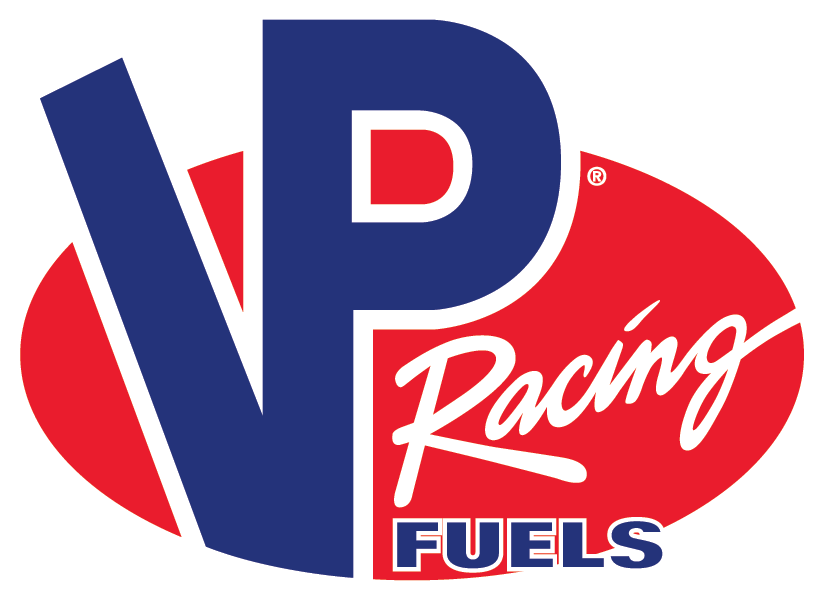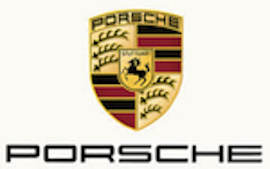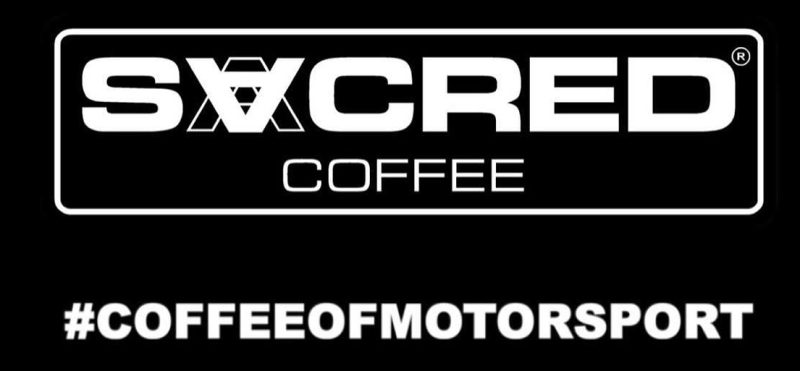“The final round of the 1957 World Sports Car Championship in Caracas, Venezuela not only destroyed any hopes Maserati had of winning the World Sports Car Championship, it sent a chill through the CSI’s rules writers. Memories of Le Mans ’55 were still all too vivid and the mechanical carnage in Caracas must have seemed like a warning shot.
New rules for the 1958 Sports Car season limited maximum engine displacement to three-litres. Le Mans followed suit and specified the three-litre formula. Jaguar was instantly penalized and were forced to reconfigure their 3.8 litre engines. Ferrari was relieved by the new rules that seemed written for his mothers’ milk 60-degree V-12 three litres, and the three-litre DBR1s from Aston Martin became front line favorites after their second consecutive win in the 1000 Kilometers of the Nurburgring. Stirling Moss and Jack Brabham had handed Ferrari their first defeat of the new sports car season just three weeks before the traditional solstice date for Le Mans.
Ten of the eleven Ferraris entered in the 26th running of Le Mans were the new three-litre Testa Rossas including the Phil Hill-Olivier Gendebien #14 works entry: Hill and Peter Collins had delivered Ferrari the 1957 WSC title at Caracas. Then the pair began the ’58 Championship season with a win in Buenos Aires and the 12 Hours of Sebring. Both in the three-litre Testa Rossa. Gendebien and Musso had won the Targa but the red train was derailed by Moss and Brabham at the Ring.
For the first time since the creation of the DBR1 it gave no displacement advantage to its chief rival. But the ‘Ring was won by men, Le Mans by cars, or so it was said. No matter. Aston’s three-car team of six-cylinder sports racers gave away some horsepower to Ferrari, but had better handling and brakes. And Stirling Moss who had been named the best sports car racer so often in print that it had become fact.
Jaguar was again represented by David Murray’s proven two-car Ecurie Ecosse team of D-Types that had won in 1956 and ’57. Brian Lister sent a Jaguar-powered works Lister. They were backed up by two private Lister-Jags, one from Belgium.
Colin Chapman was back with his biggest Le Mans entry. The two-litre Climax-powered type 15 of Cliff Allison and Graham Hill sent a communal gasp through the paddock with a lap just six seconds slower than Moss’ best effort in the three-litre DBR1; it nearly equal with Mike Hawthorn’s practice laps in the #12 Ferrari TR.
At 4:00 o’clock Moss’ Aston was the first to move from the starting rank. Moss pulled out an amazing 200 yard lead by the time he passed under the Dunlop bridge and crested the hill into the esses. By the time he got back to the pits at the end of the first lap he had a quarter-mile lead on arch practical joker Mike Hawthorn in the #12 Testa Rossa he shared with his pal and partner in crimes of mirth, Peter Collins.
It took Moss just an hour to lap all but the three cars. John Wyer’s plan now became clearer: Moss was Aston-Martin’s rabbit and it seemed to be working. The clutch in Hawthorn’s Testa Rossa began to complain and required attention. But there were only three Astons and a dozen Ferraris. Just into the third hour, there were two Astons. Moss’s leading DBR1 had broken a crankshaft and Moss coasted all the way to Mulsanne, once again denied sports car racing’s ultimate prize . . . now that the Mille Miglia was gone.
Dusk came early arriving with the French version of a monsoon near 6:00 o’clock. By sundown it was raining even harder. During the appalling weather of the evening Phil Hill grabbed the race by the throat and, by 7:30, led. An hour and a half later the driver of the privately entered number-eleven D-Type became somewhat too optimistic about the decreasing rain and entered the curve under the Dunlop bridge too fast.. The Jaguar — now over 18 laps behind the leading Ferrari – hit the bank and rolled just as Bruce Kessler arrived in the TR he shared with new American phenom Dan Gurney. They were just one-lap down to the leading Hill/Gendebien TR. Kessler had no options.
The French driver, Jean Brousslet, entered under the nom de course “Mary”, died almost instantly. Kessler was reported in satisfactory condition by the time he received medical attention, and Dan Gurney’s impressive Le Mans debut was over.
When Phil Hill’s shift ended Olivier Gendebien resumed the run at the front only to be passed by a motivated Ivor Bueb. The two-time winner and his driving partner Duncan Hamilton had reputations as first class “mudders” and Bueb proved it almost at once. By midnight with the aging D-Type had Gendebien’s works TR a lap down.
Hill, asleep in the Shell Oil “bunkhouse” behind the pits, was awakened and briefed. He donned his waterproof gear and headed for the pits. Gendebien managed to re-pass the Bueb Jaguar just before his stop and a single minded Hill left in a hurry. The crowd was small but filtered back toward the course to witness the pursuit. It took Hill just seven laps to catch and pass the lone Jaguar. The Ecurie Ecosse D-Types had both succumbed to burned pistons; the ACO-supplied gasoline was blamed, but the fuel choices were the same for everyone.
Hill, fearful of having to deal with the two British strong men in the rain again, continued his pursuit pace and padded his advantage to nearly a lap and a half by the end of his stint at 2:30 a.m. Hamilton had since relieved the heroic Bueb but had been unable to match the American’s pace.
There was even more at stake than the most important sports car race in the world. If Ferrari won the 26th Grand Prix d’Endurance the World Sports Car Championship was won as well: and at the best possible site, Le Mans, a one-race world championship in its own right.
By noon Hill was back in the rotation and again came upon the Hamilton Jaguar. The temptation to lap him for the second time must have been overwhelming but it was raining and Hamilton was trying hard to prevent a further deficit. The signal pits told Hill to ease off and let the Englishman go about his business.
Out of Arnage Hamilton changed into third and got on the throttle early in spite of the rain and the mist. He was one of the best in the wet and at the height of his considerable powers. Hill let him go. The DB was barely moving when Hamilton saw it. He didn’t hit the little blue car and likely saved the driver’s life. The Jaguar spun into the wet grass on the verge, hit the earth bank and spit out Hamilton. Then it rebounded across the road right in front of the leading #14 Ferrari.
Hamilton went to the hospital where his injuries were pronounced minor. The Jaguar missed the Ferrari, just, and caromed into a field. Hamilton’s maneuver promoted the Aston Martin DB3S of half-brothers Peter and Graham Whitehead into second place, albeit over 100 miles behind Hill and Gendebien.
Hill and Gendebien’s crew slept while the American reeled off the final laps. Some photographers found the spent, snoring Italian mechanics irresistible. Porsche assembled their trio in line-astern publicity formation. They certainly earned it.
Jean Behra and Hans Hermann had their heroic little 1.6 litre Porsche RSK up to third overall after a long, fraught night leading the two-litre class from their stablemates Edgar Barth and Paul Frere in the #31 works RSK. Just 20 of the original 55 cars were still circulating at the end, and before the clock struck four nearly everyone was calling the 1958 edition the toughest Le Mans in memory.
It had stopped raining and the order was as expected: Ferrari, then the famous old Aston with a cranky gearbox; and the Porsches.
The little Porsches tied the Aston-Martins for second place in the World Sports Car championship and Stirling Moss and Tony Brooks won the season finale for Aston in the Four Hour Tourist Trophy at Goodwood.
Phil Hill and Olivier Gendebien had clinched a second sports car title for Ferrari at Le Mans where it mattered most. It was the Scuderia’s first overall win at Le Mans since 1954 and the first for the new Ferrari Testa Rossa: one of the rare left-hand drive TRs. And the last for Belgian tire builder Englebert. In July Ferrari’s Luigi Musso died in the French GP at Rheims. On August third Peter Collins died in his Ferrari Dino car during the German GP on the Nurburgring.
Phil Hill was promoted into the F1 team and retained his sports car duties. In October he moved aside out of certain six championship points place allowing Ferrari teammate Mike Hawthorn to finish second behind Stirling Moss in the Grand Prix of Morocco. The gesture made the Ferrari team leader the first British World Driving Champion. That second place allowed him to beat Stirling Moss by one net point, and Hawthorn promptly retired as the first World Champion to have won Le Mans. Five-time World Champion Juan Fangio had announced his retirement after the French GP in July. He had never won Le Mans. Vanwall beat Ferrari to win the first F1 Constructors Championship. In one summer the old guard passed.”














